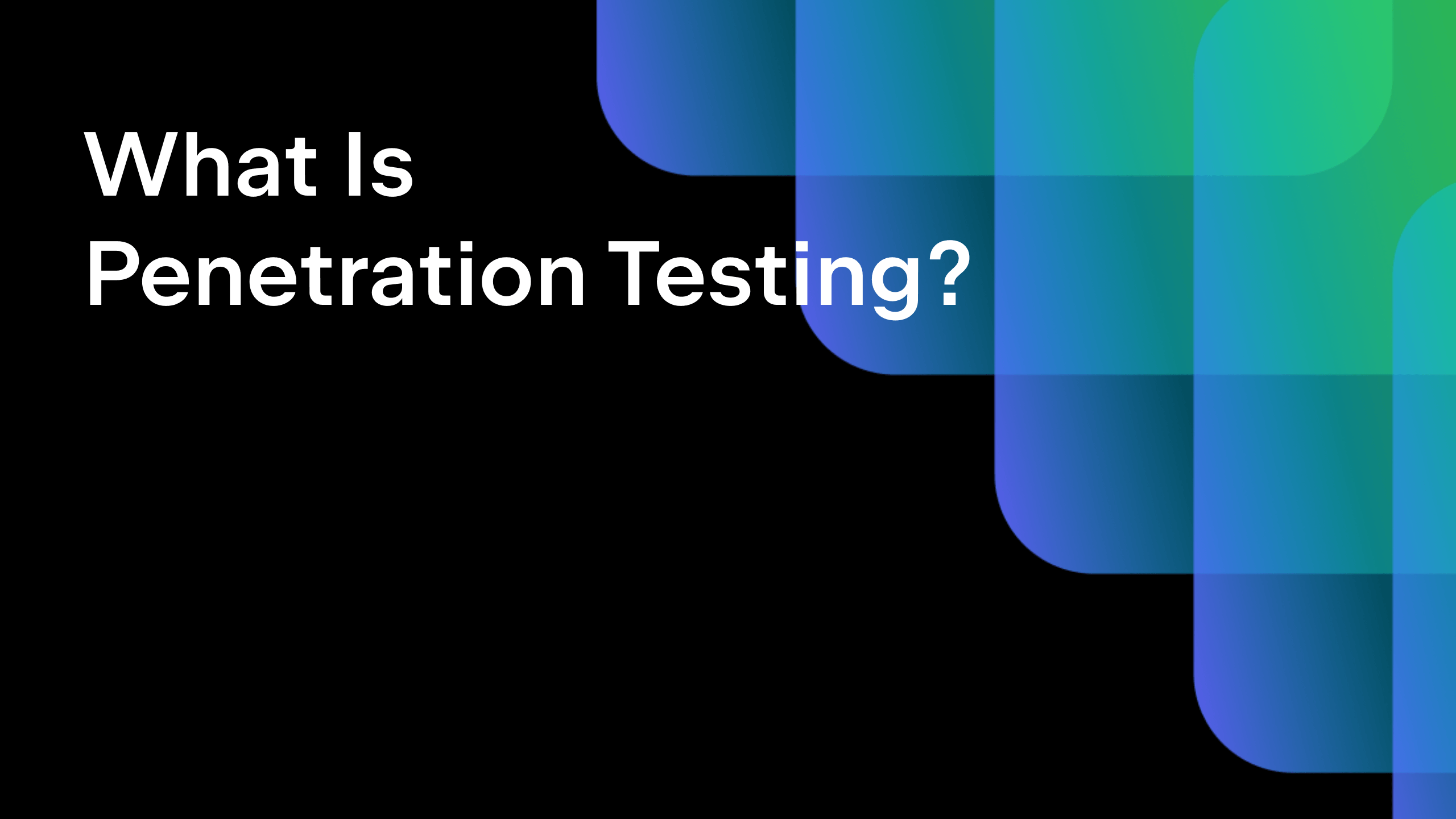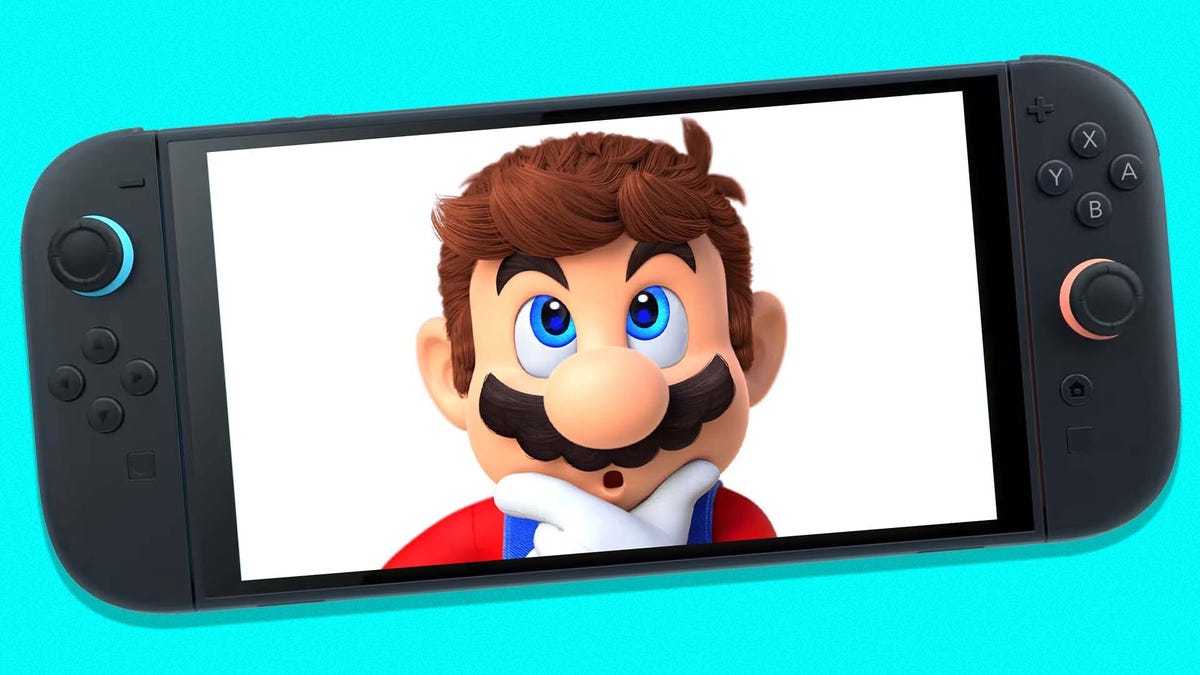Transform Your Home with These Indoor Gardening Essentials
Transform your home into a lush green oasis with high-quality indoor gardening supplies. Whether you're a beginner or an experienced plant parent, the right tools make all the difference. From grow lights, planters, and potting soil to humidity monitors, plant stands, and watering systems—these essentials help your indoor garden thrive year-round. Choose from eco-friendly materials, compact designs for small spaces, and smart gardening tech to simplify your plant care routine. Discover everything you need to grow herbs, flowers, succulents, or vegetables right inside your home.
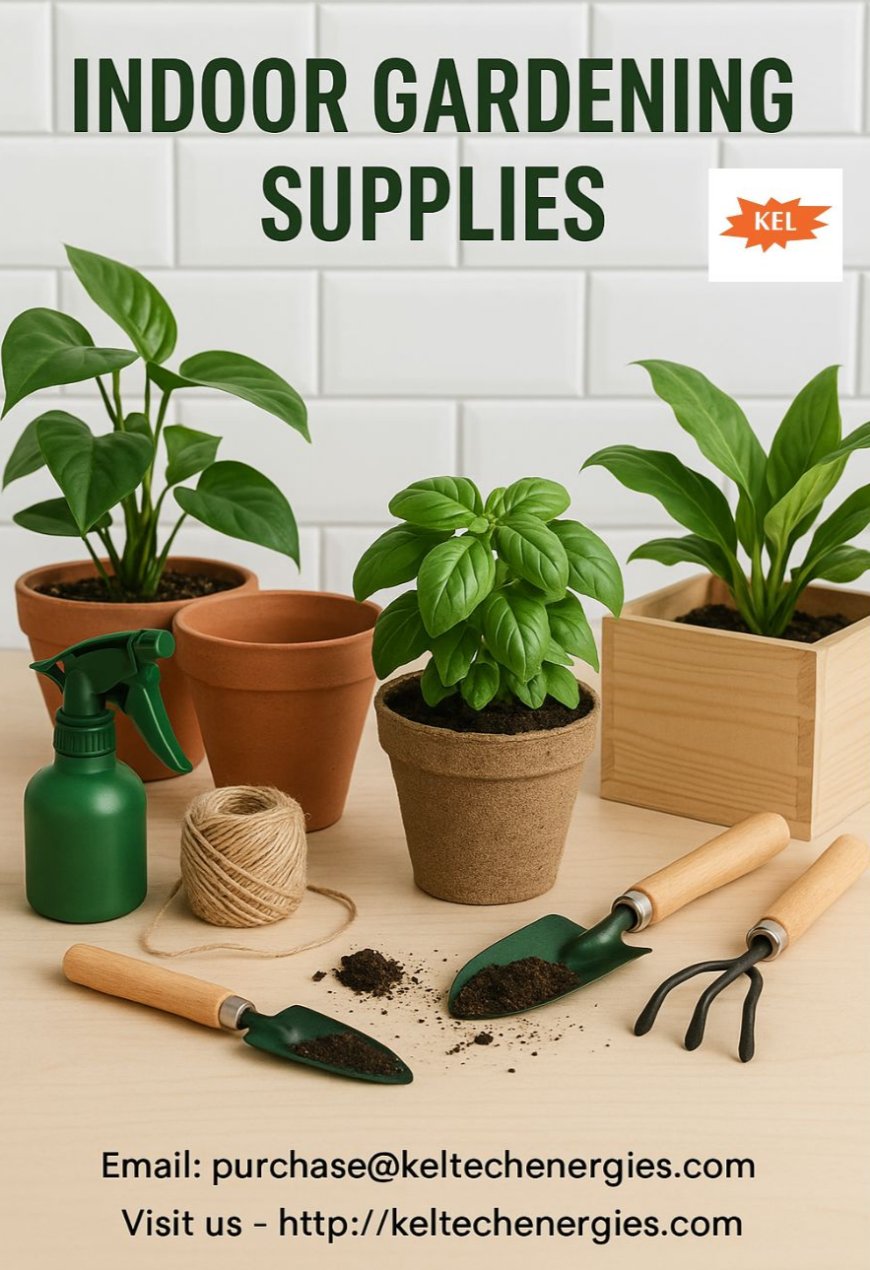
Indoor gardening has become increasingly popular among urban dwellers, hobbyists, and even professional growers. With limited outdoor space, many people are turning to indoor gardening to enjoy the benefits of greenery and fresh produce within the comfort of their homes. Whether you're growing herbs on your kitchen windowsill, cultivating vegetables in your living room, or maintaining a collection of decorative plants, having the right indoor gardening supplies is essential for success.
Why Indoor Gardening?
Indoor gardening allows you to grow plants year-round, regardless of the weather conditions outside. It helps purify the air, improves mental well-being, and adds aesthetic value to your home. Moreover, for those interested in sustainability and healthy eating, growing herbs, micro greens, and vegetables indoors is a rewarding experience.
To achieve optimal growth and maintain plant health, it's important to use proper indoor gardening supplies. Let’s explore the essential tools and materials every indoor gardener should have.
Essential Indoor Gardening Supplies
1. Containers and Pots
Choosing the right containers is the first step in indoor gardening. Pots come in various sizes, materials, and designs. Ensure the pots have proper drainage holes to prevent waterlogging. For a modern look, consider ceramic or metal planters, but for practicality and affordability, plastic pots are also widely used. Self-watering pots are another great option for those with busy schedules.
2. Potting Soil and Growing Medium
Not all soil is created equal. Regular garden soil isn’t suitable for indoor plants as it may contain pests or lack drainage. Use high-quality indoor potting mix that supports root development, retains moisture, and provides nutrients. For hydroponic systems or special plant types like orchids, consider alternative growing mediums like coco coir, perlite, or vermiculite.
3. Grow Lights
Sunlight can be limited indoors, especially during the winter months or in windowless spaces. LED grow lights or full-spectrum lights provide the necessary wavelengths for photosynthesis. Adjustable grow lights with timers ensure your plants receive consistent and adequate light.
4. Watering Tools
Indoor plants have different watering needs. Basic tools include watering cans with narrow spouts, spray bottles for misting, and moisture meters to check soil dampness. Overwatering is a common issue, so these tools help maintain the right balance.
5. Fertilizers and Plant Food
Indoor plants often require additional nutrients, especially when grown in containers. Use organic or synthetic fertilizers specifically formulated for indoor plants. Liquid fertilizers are easy to apply and quickly absorbed by the roots. Always follow instructions to avoid nutrient burn.
6. Plant Stands and Shelving
Space-saving plant stands, vertical shelving units, or hanging planters help maximize your growing area. These are not only functional but also enhance your interior décor. Ensure that the stands are stable and placed where the plants get adequate light.
7. Humidity and Temperature Control
Maintaining the right environment is crucial for indoor gardening. Humidifiers, heaters, or fans help regulate the indoor climate. Some tropical plants thrive in higher humidity, while succulents prefer drier conditions. Digital thermometers and hygrometers can monitor these conditions accurately.
8. Gardening Tools
Basic tools such as pruners, scissors, trowels, and gloves are necessary for plant maintenance. Compact and ergonomically designed tools are best suited for indoor gardening where space is limited.
9. Pest Control Solutions
Indoor plants can still suffer from pests like aphids, spider mites, or fungus gnats. Use organic pest control sprays, neem oil, or insecticidal soap to keep infestations at bay. Sticky traps are also effective and safe for indoor use.
10. Labels and Markers
If you're growing multiple plants, especially herbs or vegetables, using plant labels and markers will help you track growth and care routines.
Benefits of Using Quality Indoor Gardening Supplies
Investing in high-quality indoor gardening supplies pays off in the long run. Here’s how:
- Healthier Plants: The right tools and materials foster strong, resilient plants.
- Efficiency: Gardening becomes easier, more organized, and enjoyable.
- Aesthetic Appeal: Stylish planters and accessories can enhance home decor.
- Sustainability: Growing your own produce reduces reliance on store-bought goods.
Where to Buy Indoor Gardening Supplies
You can purchase indoor gardening supplies from local garden centers, specialty plant stores, or online retailers. Look for vendors that offer eco-friendly options, expert advice, and a wide variety of products to suit your specific needs. Some suppliers even offer starter kits for beginners.
Conclusion
Whether you’re a beginner or a seasoned gardener, having the right indoor gardening supplies makes all the difference in your gardening journey. From lighting to soil, containers to tools, each item plays a critical role in plant growth and maintenance. Start small, learn as you grow, and transform your indoor space into a lush, green paradise.






















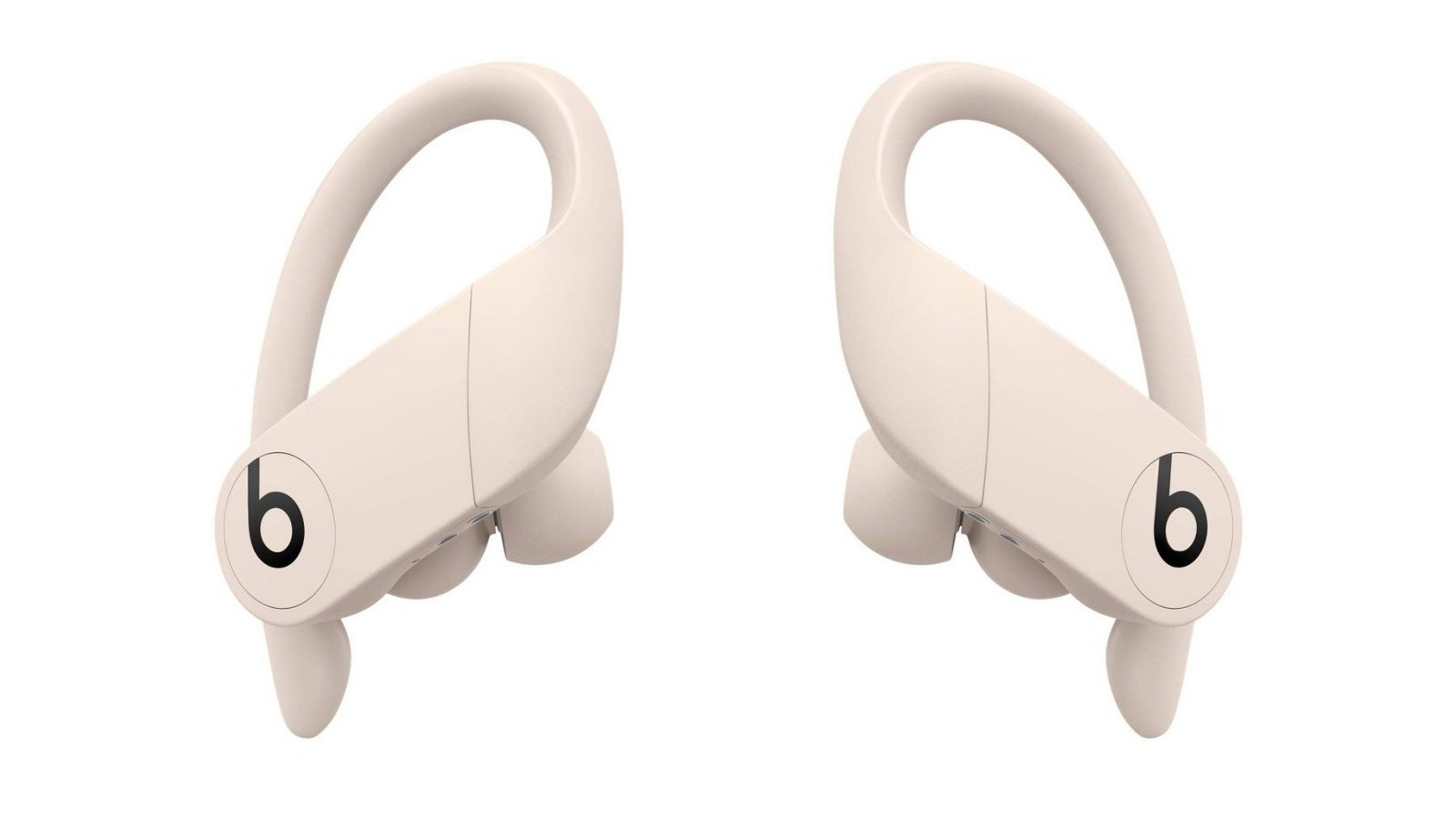



























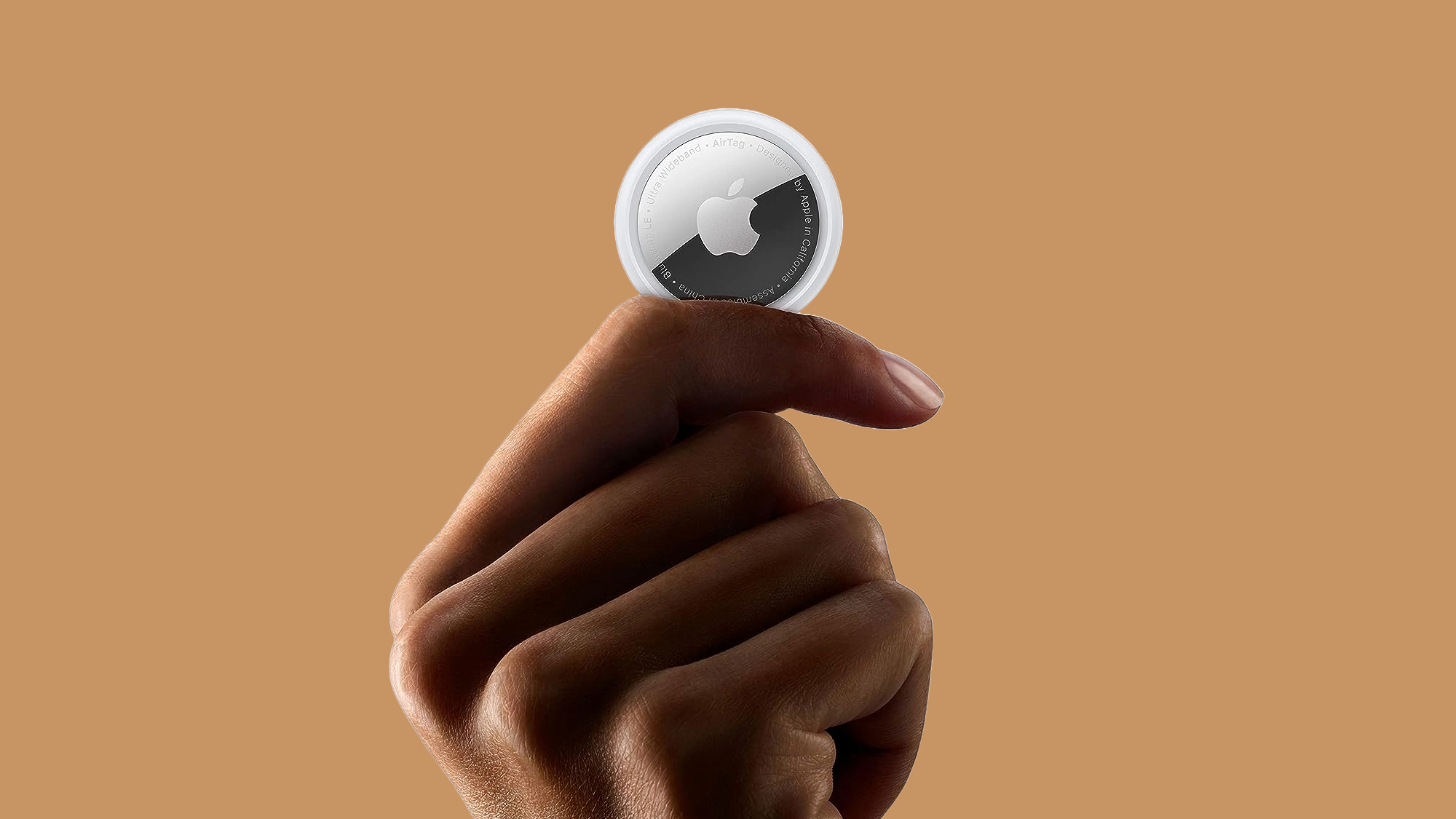

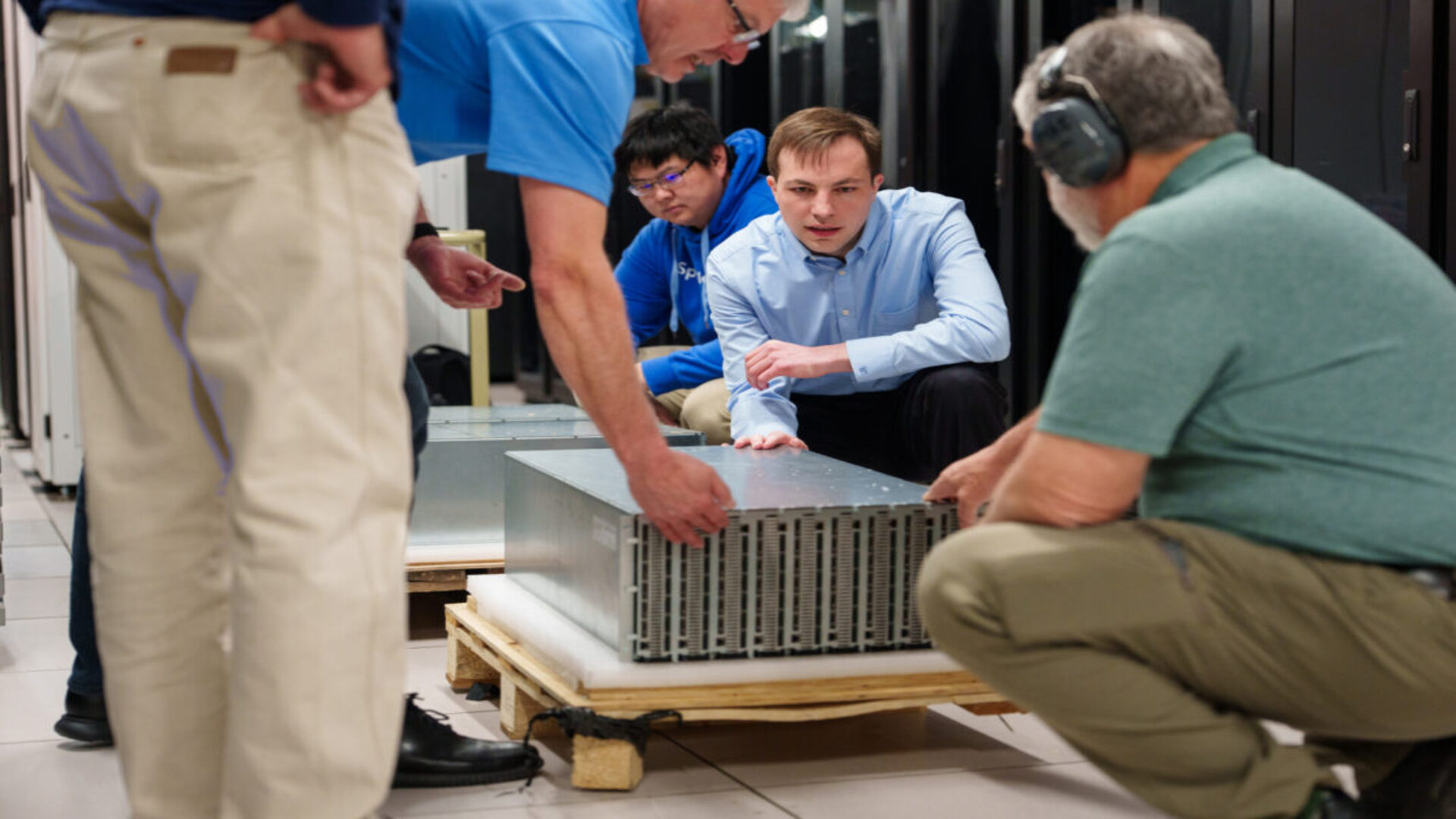
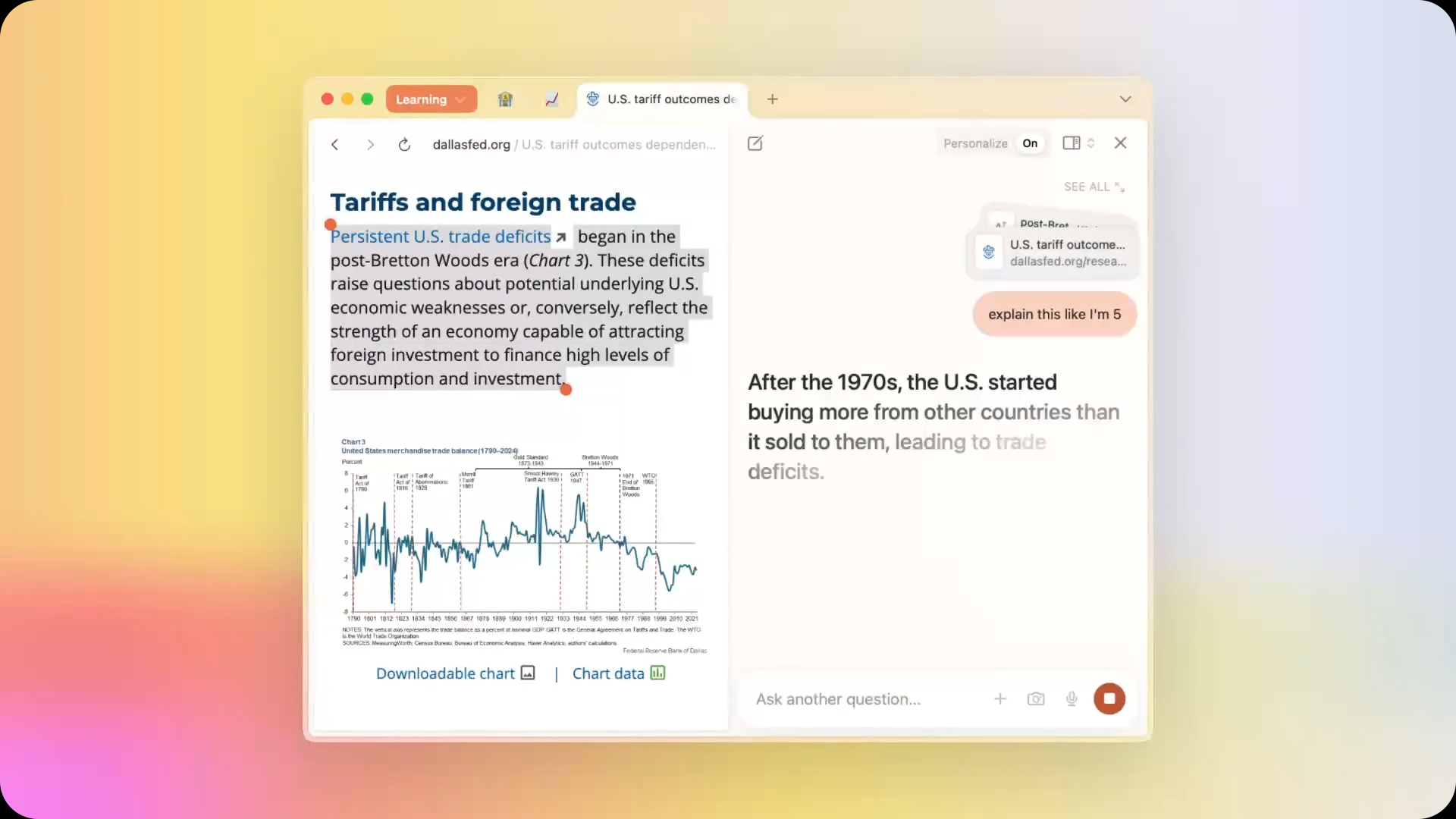



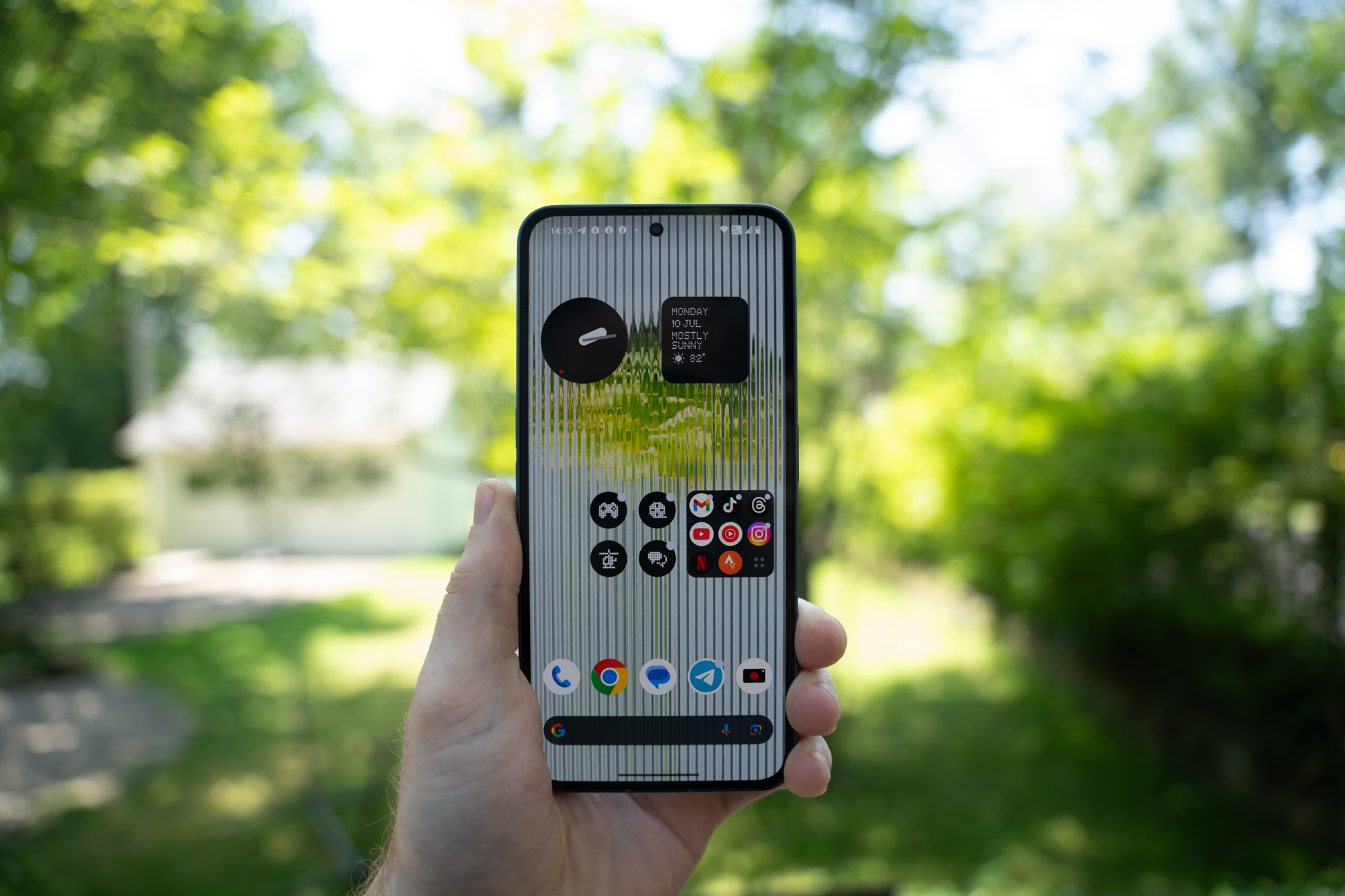














![Apple Shares Teaser Trailer for 'The Lost Bus' Starring Matthew McConaughey [Video]](https://www.iclarified.com/images/news/97582/97582/97582-640.jpg)




















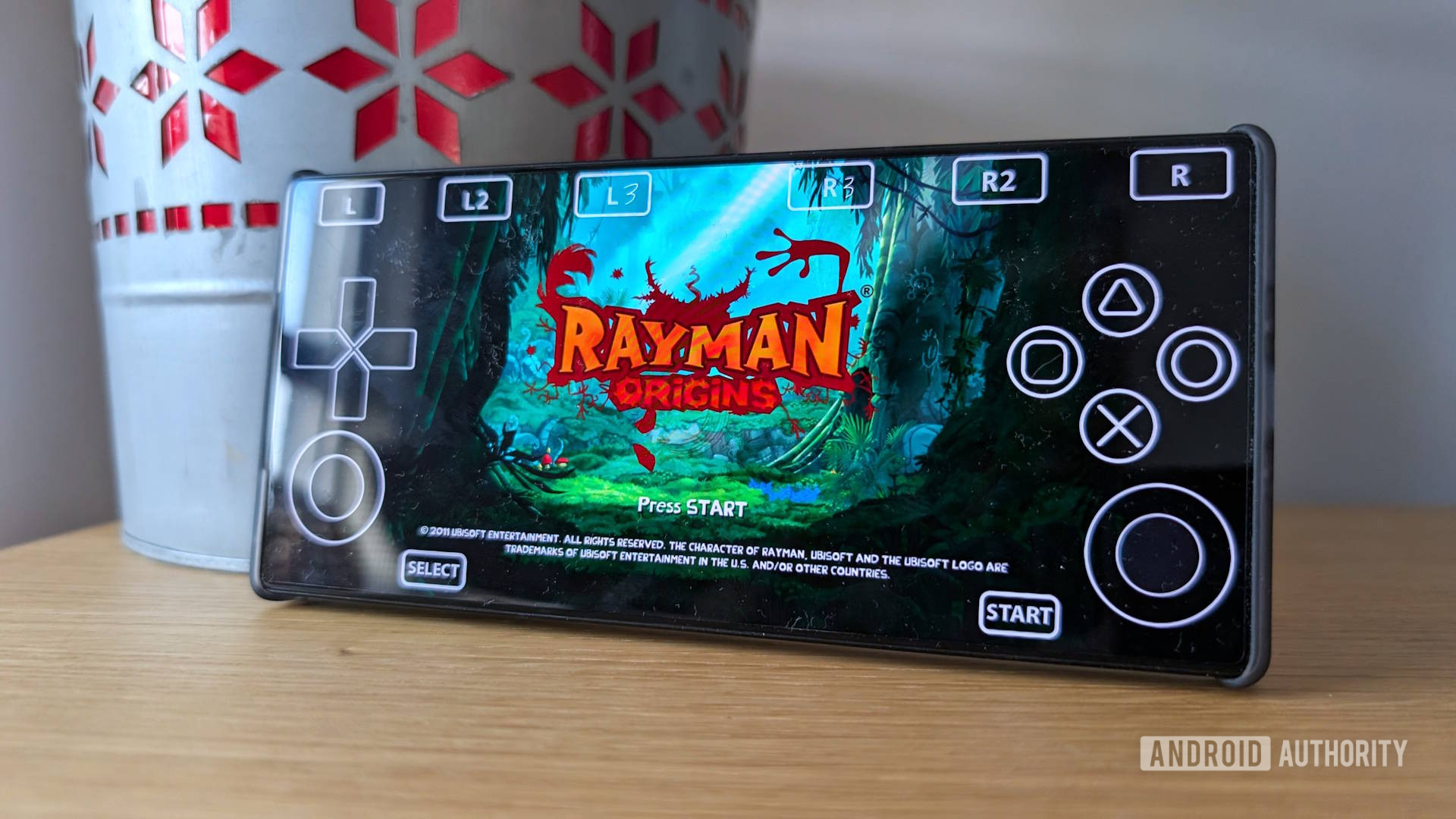



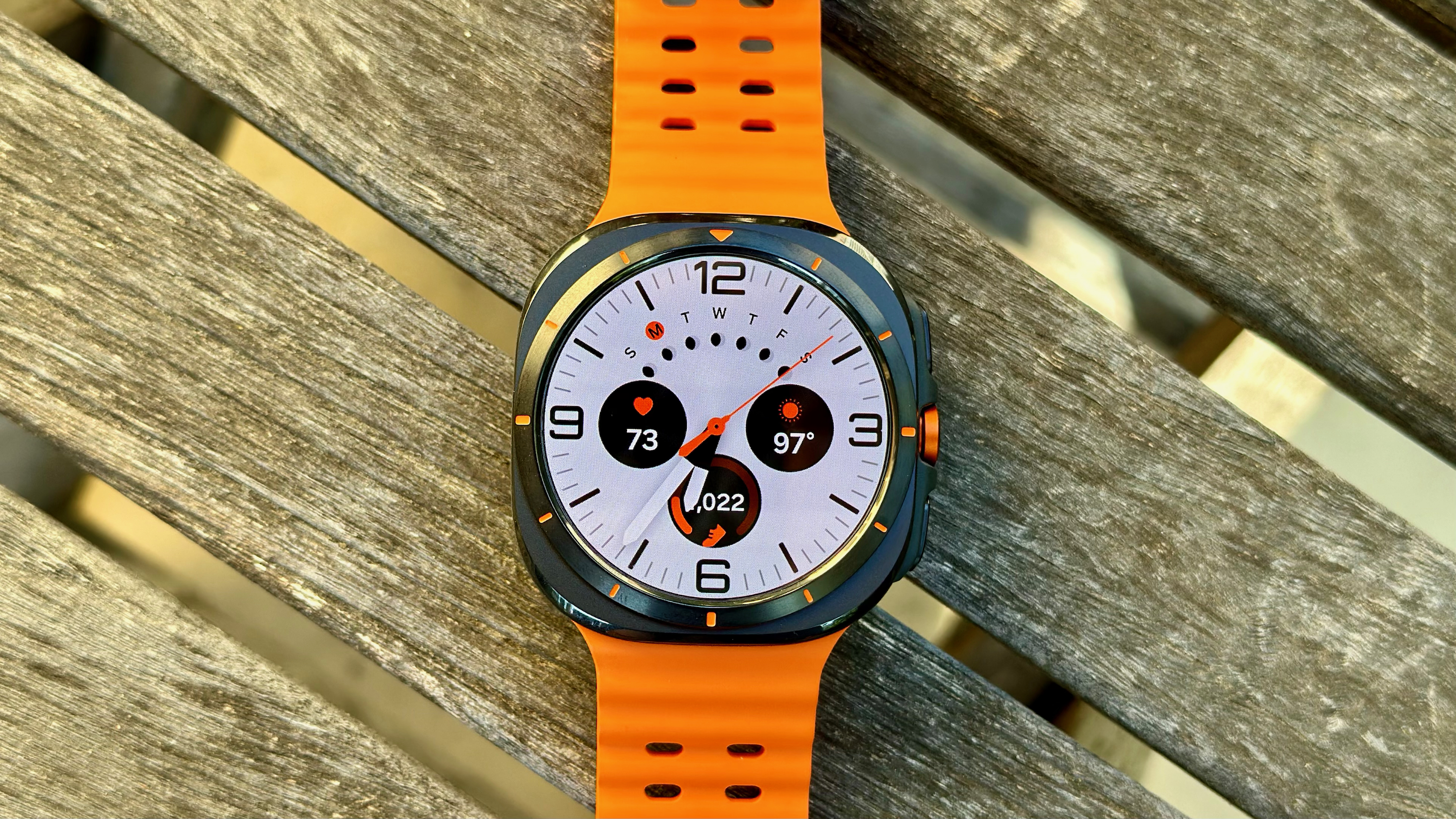
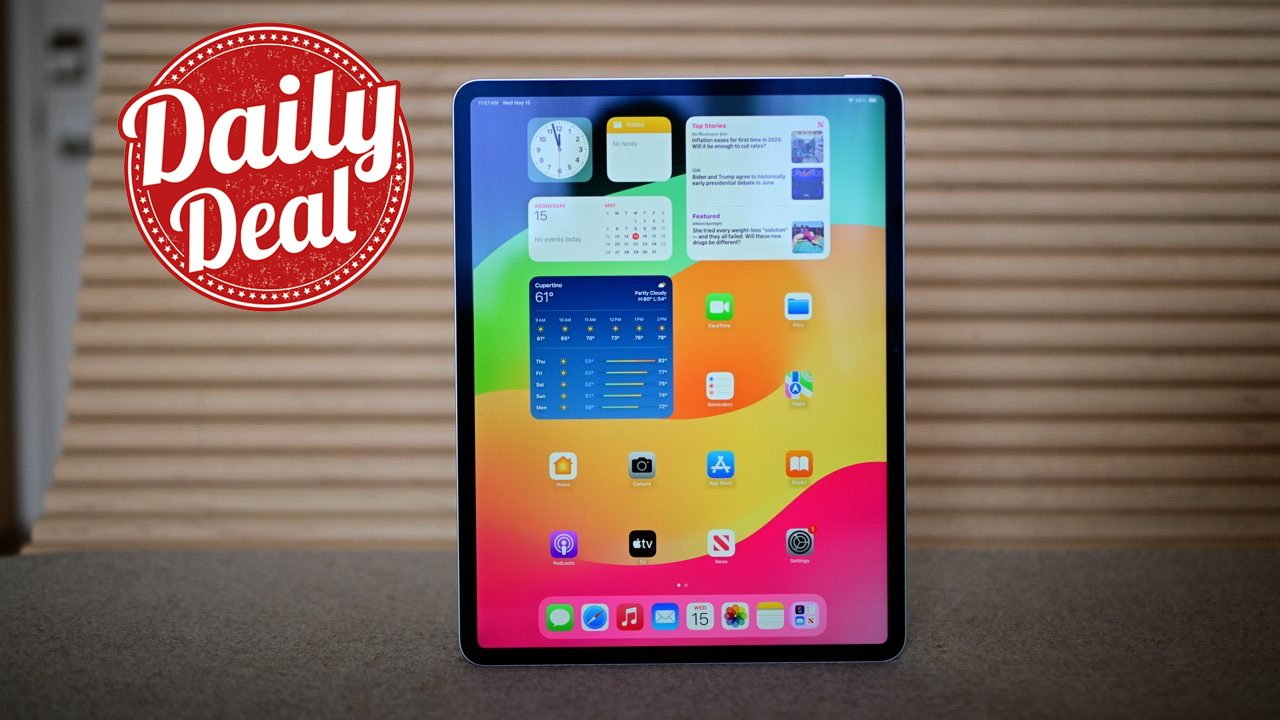




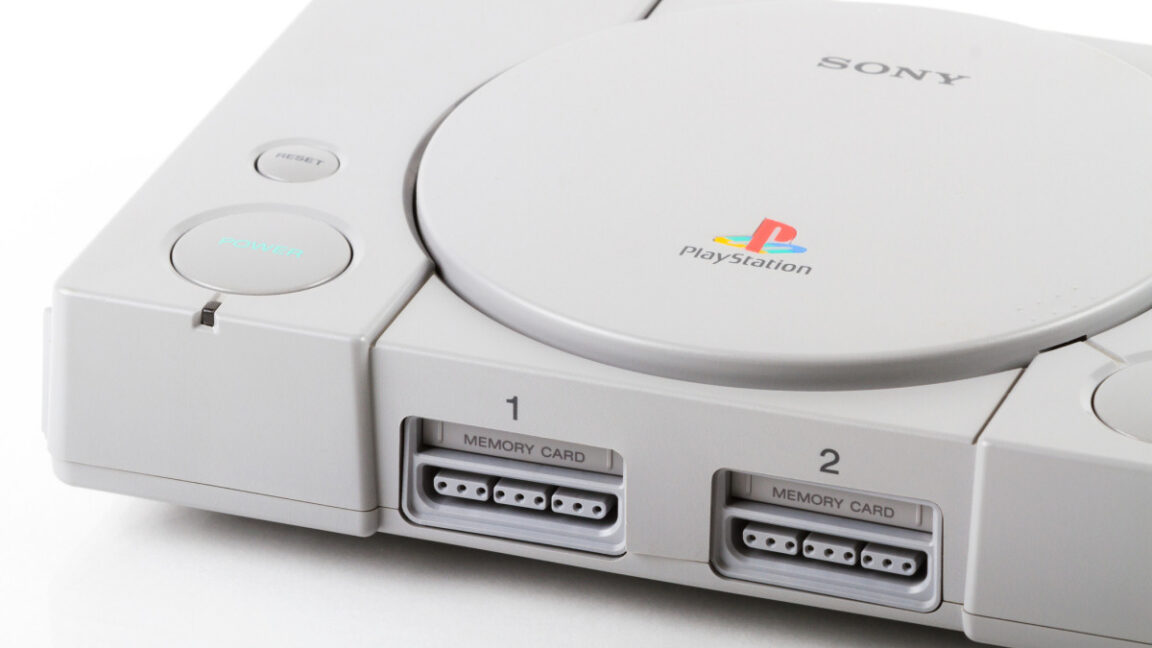






































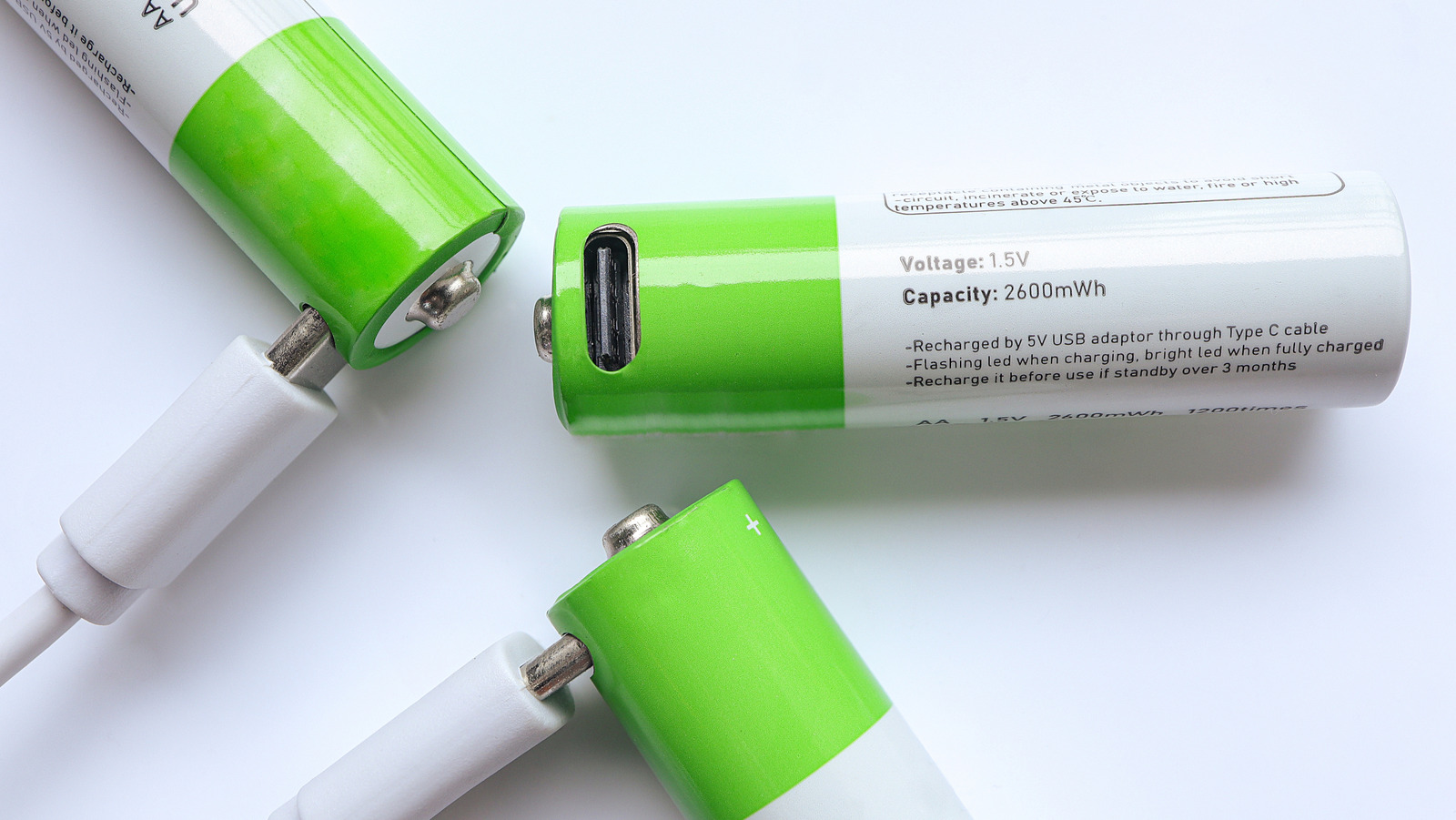



































.webp?#)

_incamerastock_Alamy.jpg?width=1280&auto=webp&quality=80&disable=upscale#)
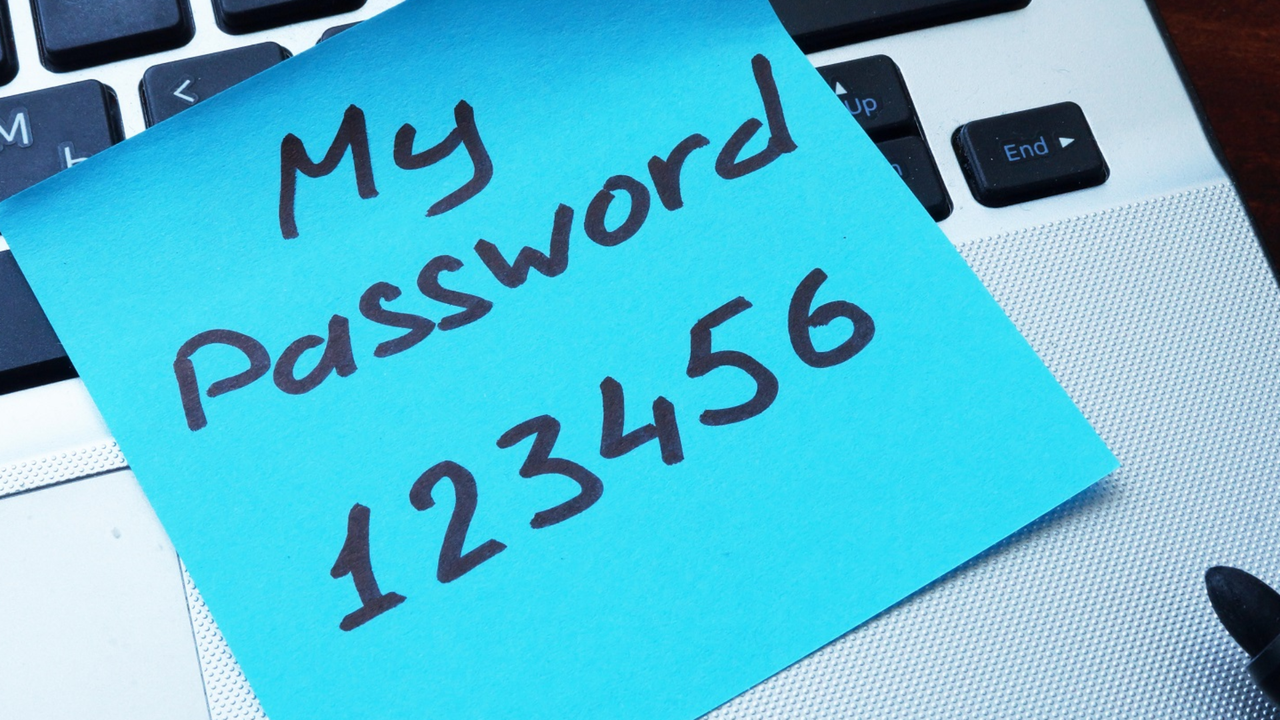


























































































![Top Features of Vision-Based Workplace Safety Tools [2025]](https://static.wixstatic.com/media/379e66_7e75a4bcefe14e4fbc100abdff83bed3~mv2.jpg/v1/fit/w_1000,h_884,al_c,q_80/file.png?#)



























![[The AI Show Episode 152]: ChatGPT Connectors, AI-Human Relationships, New AI Job Data, OpenAI Court-Ordered to Keep ChatGPT Logs & WPP’s Large Marketing Model](https://www.marketingaiinstitute.com/hubfs/ep%20152%20cover.png)



































































































































